Understanding millennials
Uniqueness is a trait embraced by millennials, and it translates into their living spaces. Millennials are willing to spend large amounts of time and money on searching for items that will complement their style. From a one-of-a-kind accent piece to a uniquely colored piece of furniture. Unlike the generations before them, millennials do not believe in the convenience of generic home décor. They favor rustic themes such as rough surfaces and colors that are reminiscent of nature. Millennials also gravitate towards minimalism, rejecting all forms of décor trimmings that their parents and grandparents loved. Fancy living rooms used only to serve guests have since become a thing of the past. In its place are practical, multi-functional furniture including coffee tables equipped with storage bins and shelves that double as dining room tables.
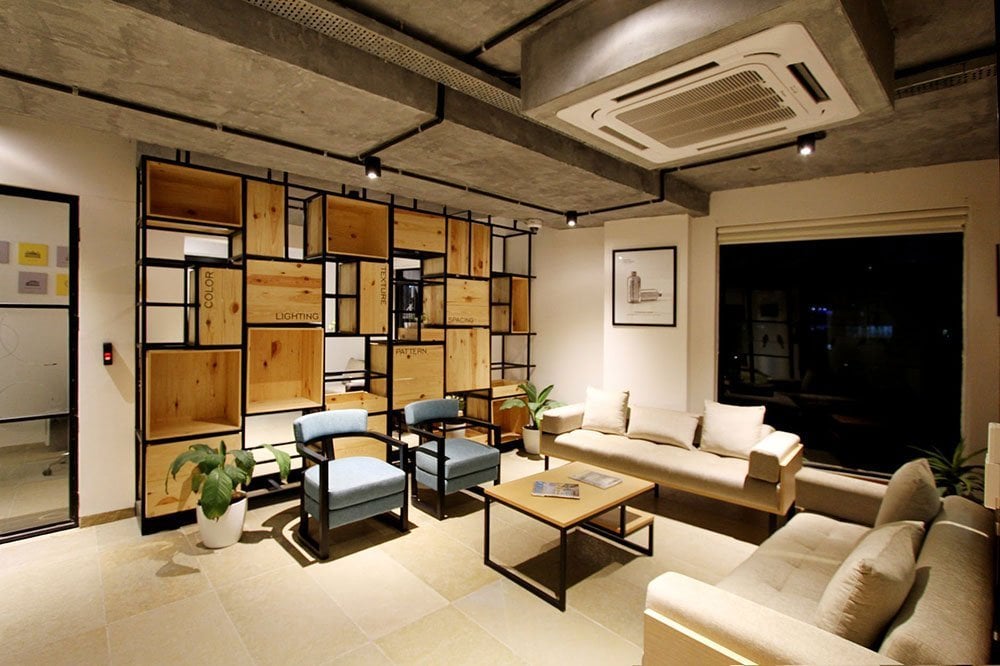 A small rustic nature themed furnishing layout
A small rustic nature themed furnishing layout
Another notable difference between millennials and the previous generations lie in their source of inspiration. The earlier generations derived interior design ideas from catalogs and a handful of influential designers and writers while millennials today rely on the Internet for an unlimited supply of design inspiration. With blogs, Instagram posts, and countless product reviews, millennials have an unprecedented amount of information at their disposal. Interior design companies hoping to succeed with this generation need to develop appealing, quality products that will resonate with this demographic.
Redefining interior design
The new generation is all about personalizing their space. They go to great lengths to express their individuality and make their mark on the world. This expression entails the kind of homes they pick and how they decorate these homes. To create a space that mirrors that own unique style, millennials often use bespoke furniture and other ornamentals in their homes. They are fond of placing rare vintage pieces or handmade crafts as decorative features in their living spaces. Millennials also champion the “less is more” approach when it comes to design. To them, an ideal home should be minimalistic and not one that is full of objects.
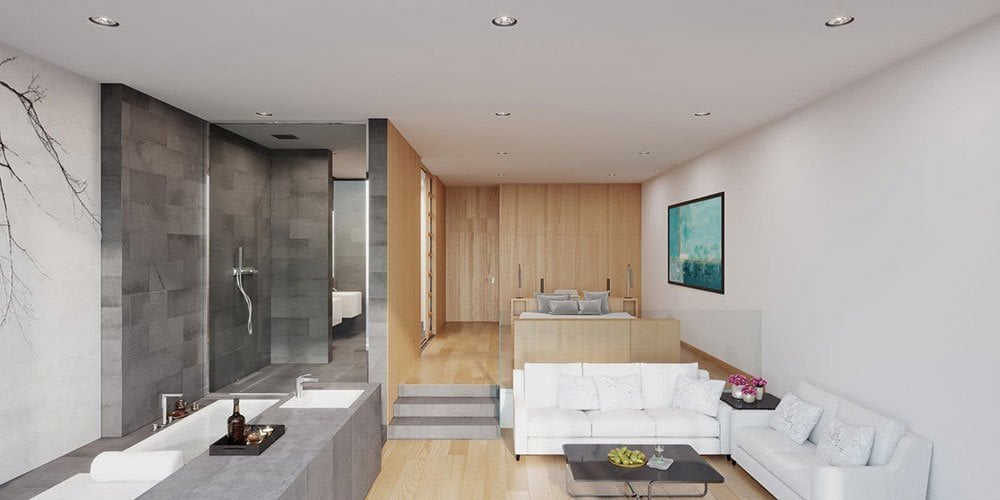 Compact and simple home space layout
Compact and simple home space layout
Smaller, more functional homes are trendy amongst this generation, instead of sprawling mansions. They place a higher value on smaller homes designed to maximize space with a focus on areas such as the kitchen or lounge since this is where they spend the majority of their time. Comfort and intimacy are two fundamental concepts that cannot be compromised. Millennials yearn for a comfortable space where they can relax in after a hard day at work. These spaces typically consist of large throw pillows, comfortable furniture, and calming bedrooms. They also like using different interior design elements to create a distinct overall feel or vibe in their homes as opposed to employing a particular design style.
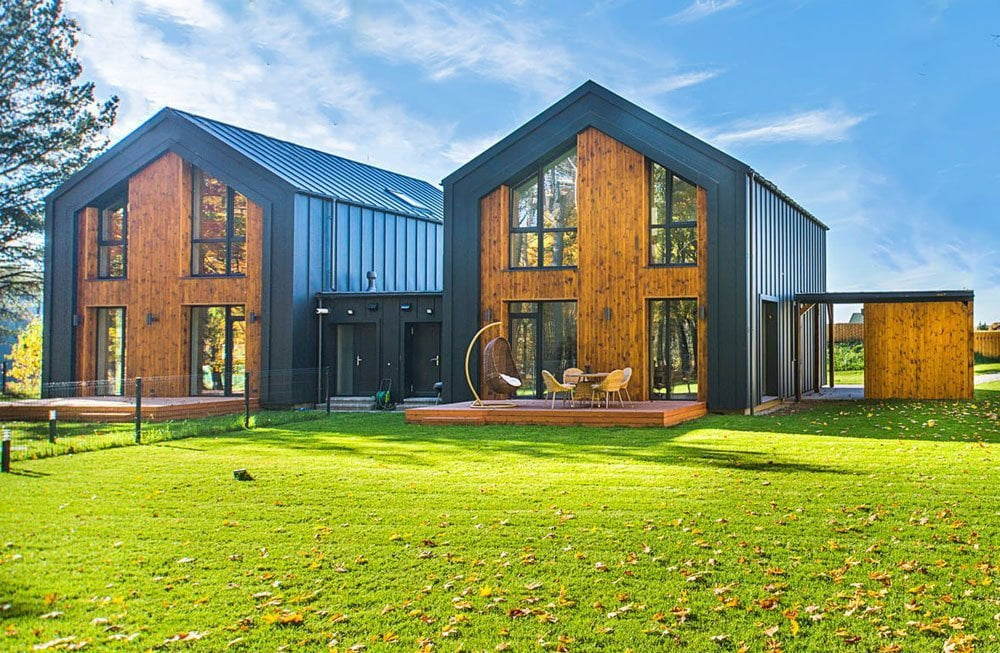 Small 2 unit homes
Small 2 unit homes
Millennials generally use colors in a myriad of ways within their homes. They particularly enjoy having pops of colors such as a brightly colored shower appliance or colored kitchen wall tiles. While stainless steel appliances for the kitchen are inevitable, this generation tends to opt for a matte finish or dark-colored appliances. As millennials become increasingly environmentally conscious, they are apt to focus on sustainability in the home. They rely on energy-efficient appliances and prefer using natural materials like wood and stone in their homes. At times, they construct these materials alongside different textures like a wood shelf above a metal sink. Since web and mobile
applications like Instagram and Pinterest play a considerable part in many millennial’s lives; they are feed on endless streams of interior décor inspiration online.
 Wood and stone exteriors of some house units
Wood and stone exteriors of some house units
This phenomenon results in individuals wanting their homes to look particularly neat. In turn, they place specific attention on the interior design of a house such that it reflects the overall aesthetic appeal of the space. Another characteristic of millennials is their need for flexibility. Their lives are always changing, and their homes should also follow suit.
It is useful to have a living space that can keep up with their change in needs. Designing interior décor that assimilates to change can be a huge draw for millennials since there is no need for regular redecorating. This generation might hold varying tastes and preferences, although millennials seem to continually seek out a transitional, personalized style over the ultra-modern look.
How to design for millennials
Every year, interior designers, architects, real estate professionals, and home-builders flock to Las Vegas to view the latest trends at the International Builders Show, the Kitchen and Bath Industry Show and the Consumer Electronics Show. These industry professionals do not only explore ideas for the future but also attempt to distinguish between what they see to the personalities of future home buyers, particularly millennials. However, some of the design trends sought out by this demographic can appear contradictory. Millennials want modern, sleek lines in their homes, yet rustic aesthetics appeals to them.
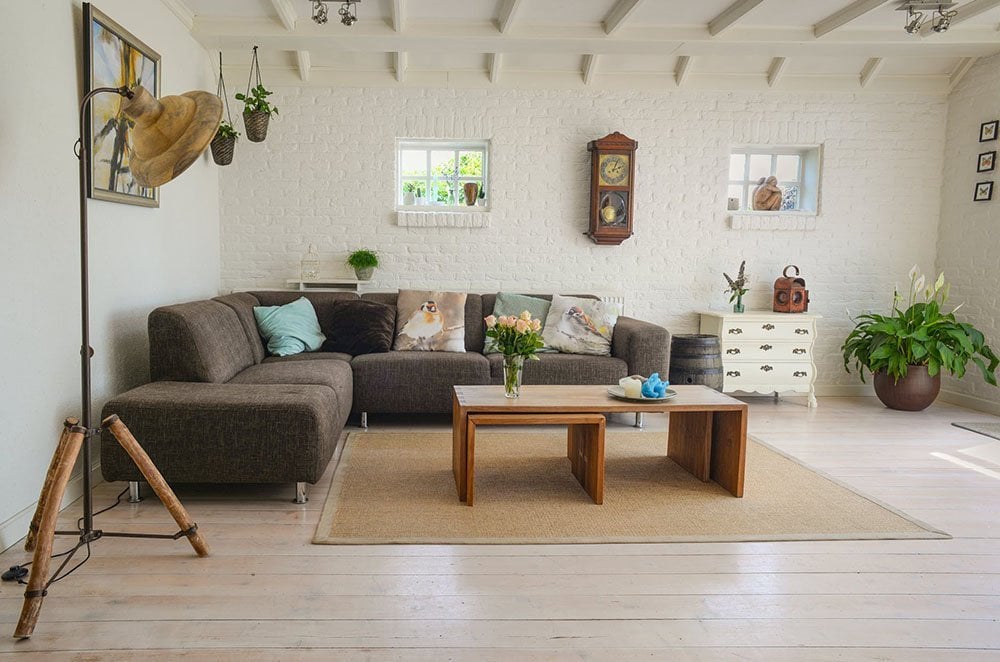 A mix of modern and rustic style in one room
A mix of modern and rustic style in one room
They adore natural materials like wood and stone, yet love having colored lights that can transform a shower into purple rain. Smart home technology is revered, but still, they admire artisan items that contribute to a curated look in their living spaces. The solution to these paradoxes lies in incorporation. For example, barn doors are trending in new or remodeled homes. They exist as sliding doors that can be left either entirely open or closed to define spaces as well as in smaller iterations such as a closet or pantry door. The intersection of rustic style and innovation can also be exhibited by using peel-and-stick natural wood as a focal design on one wall of a laundry room, creates a contrast between natural wood and the sleek, shiny laundry equipment.
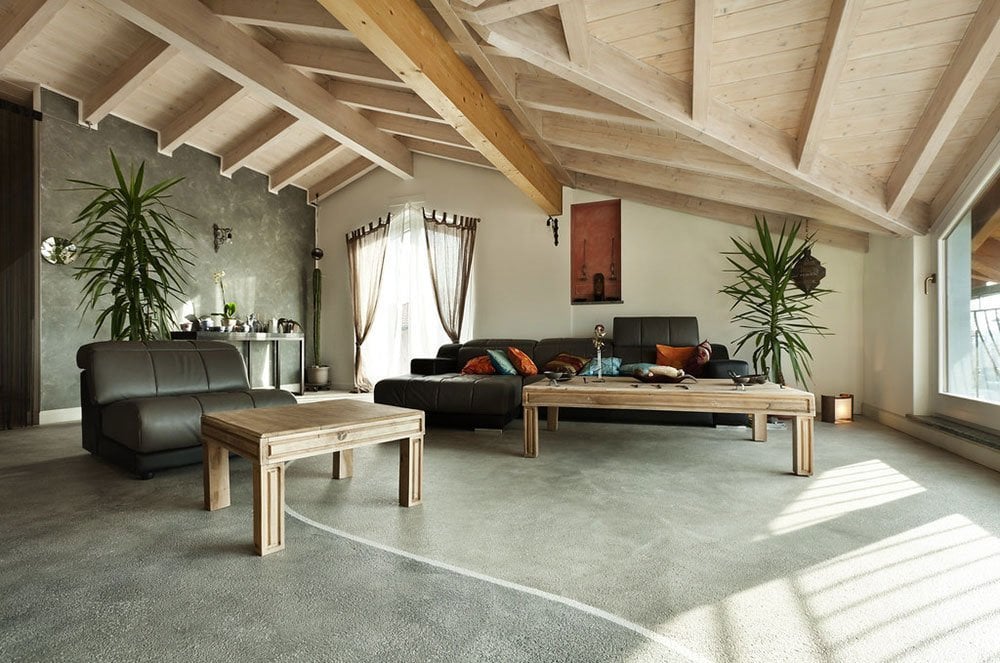 Use of textured wood and walls against single coloured furnishings
Use of textured wood and walls against single coloured furnishings
Other examples include placing rustic wood shelves alongside modern shape, metal sinks, and big mirrors. To millennials, this arrangement brings warmth into their homes without compromising on contemporary aesthetics — the use of colored lights anywhere from gas fireplaces to above-kitchen cabinets and the rim of a shower. Lighted showerheads allow one to take a purple or red shower on a whim by simply switching the light color.
They mostly bring about a sense of style to an otherwise mundane space. Colors are also turning up in the kitchen in the form of household appliances and utensils, manufactured in a series of tones. Some popular kitchen color schemes are dark cabinets that contrast with a light countertop. Personalized items or decorative features also appeal to many millennials due to their uniqueness. A simple tempered glass piece can transform an ordinary bathroom into a museum-like space. Millennials wishing to abide by a clean and modern style can have large floor tiles and walls that are fitted to present a more honest look with less grout.
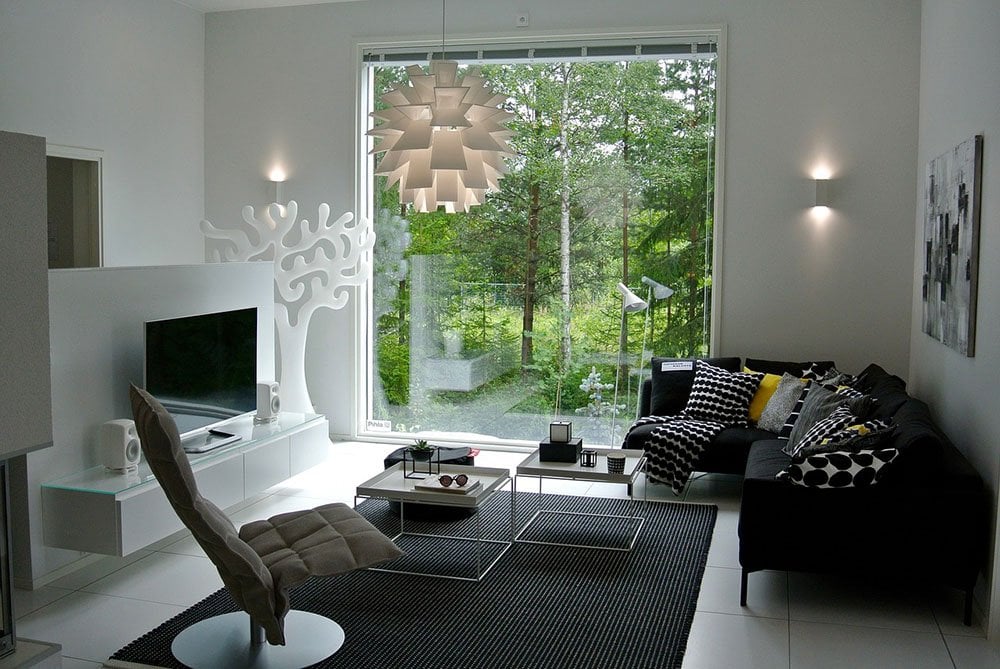 Smooth walls and large floor tiles interior
Smooth walls and large floor tiles interior
In some instances, the tiles are large enough to be seamlessly installed to appear as a single monolithic floor. Another style that appeals to the young generation is simple, streamlined elements without the use of chair rail moldings or wainscoting. Clean-looking kitchens with less visible sinks, faucets and appliances are also favored. Most devices in these living spaces are fully integrated and built-in to promote an open plan concept. These are features in line with millennials’ preferences for a clean look that is more transitional or modern than it is traditional. Technology is another way to keep homes from looking less cluttered.
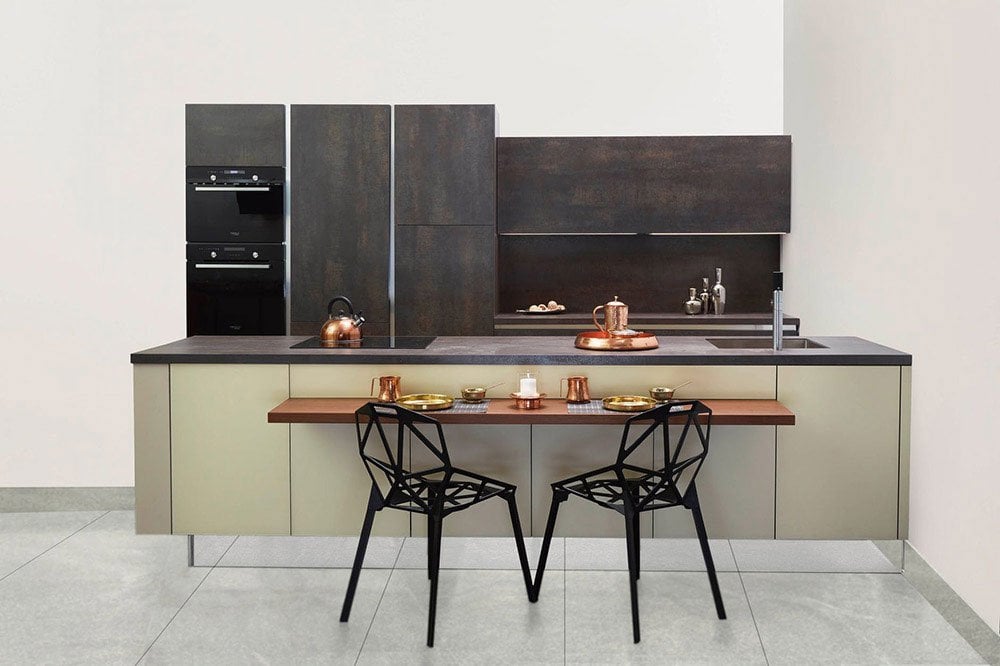 Seamless kitchen with built in oven and induction cooker
Seamless kitchen with built in oven and induction cooker
An example is through using new door locks that operate directly from mobile phones in place of large, clunky doorknobs. Here, the integration of technology and sustainability is one that speaks to environmentally aware millennials. Smart thermostats like Nest that can be used to regulate temperature automatically are a viable option for those looking for highly efficient appliances with considerably less energy use. For millennials, environmental impact, as well as durability and functionality, are factors driving their selection of materials. For instance, table counters constructed out of recycled materials like quartz and Caesarstone are environmentally friendly and easy to maintain, two aspects that appeal to millennials.
There are many highly perceptible differences in the interior design preferences between millennials and the previous generations. However, there remains one home priority that transcends generations. That is the desire for an efficient, organized home with abundant storage space. In the case of millennials, this would be the new kitchen design with an entirely built-in organization system to store knives, condiments, and every other kitchen gadget. Another intriguing innovation is cabinets that lower down to counter level with the simple push of a button, creating convenience and accessibility. Automated shelving and stacked drawers that pull back to reveal the second layer are similar aspects of home décor that attract millennials. Particularly so for those with smaller living spaces.
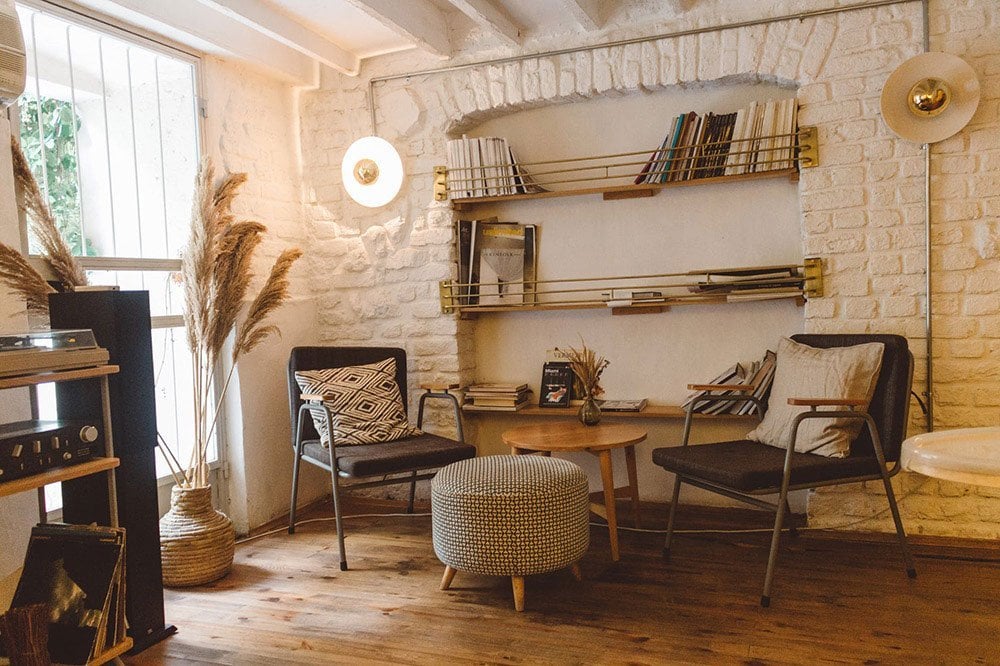 Indented wall storage solutions
Indented wall storage solutions
Homes with smaller bathrooms can come with integrated or hidden cabinets that do not stand in the way of the clean lines of the toilet. Regarding the kitchen, three to four feet wide storage spaces with pocket doors can also double as a breakfast preparation area. The doors can after which be closed to hide the kitchenware. Having an organized kitchen is pertinent to homes with an open floor plan since that space is visible to guests and family members when eating or lounging in an adjacent living area. Hence the essence for millennials living in smaller spaces is to have highly organized storage spaces including built-in closet organizers and extra storage situated in unexpected spaces such as a handful of built-in drawers next to a laundry closet.
Connect with millennials
Everyone knows that the millennial generation goes against the current. They are determined to experience new things and have very different life aspirations compared to previous generations. The world is trying to figure out how to connect with this generation, and the home design industry is no different. From designers to retailers, the home décor industry needs to understand millennials before they can cater to the tastes and preferences of this demographic. Surveys have shown that this generation of young people is less inclined towards marriage, and if they do, they tend to get married and start families later. Some decide not to have children. They lead hectic lives where there is no time for domestic chores. Therefore functionality and comfort are vital aspects that cater to their home décor needs. These preferences must shape the way interior design advances and lay the foundation for the industry to move forward.










